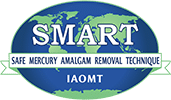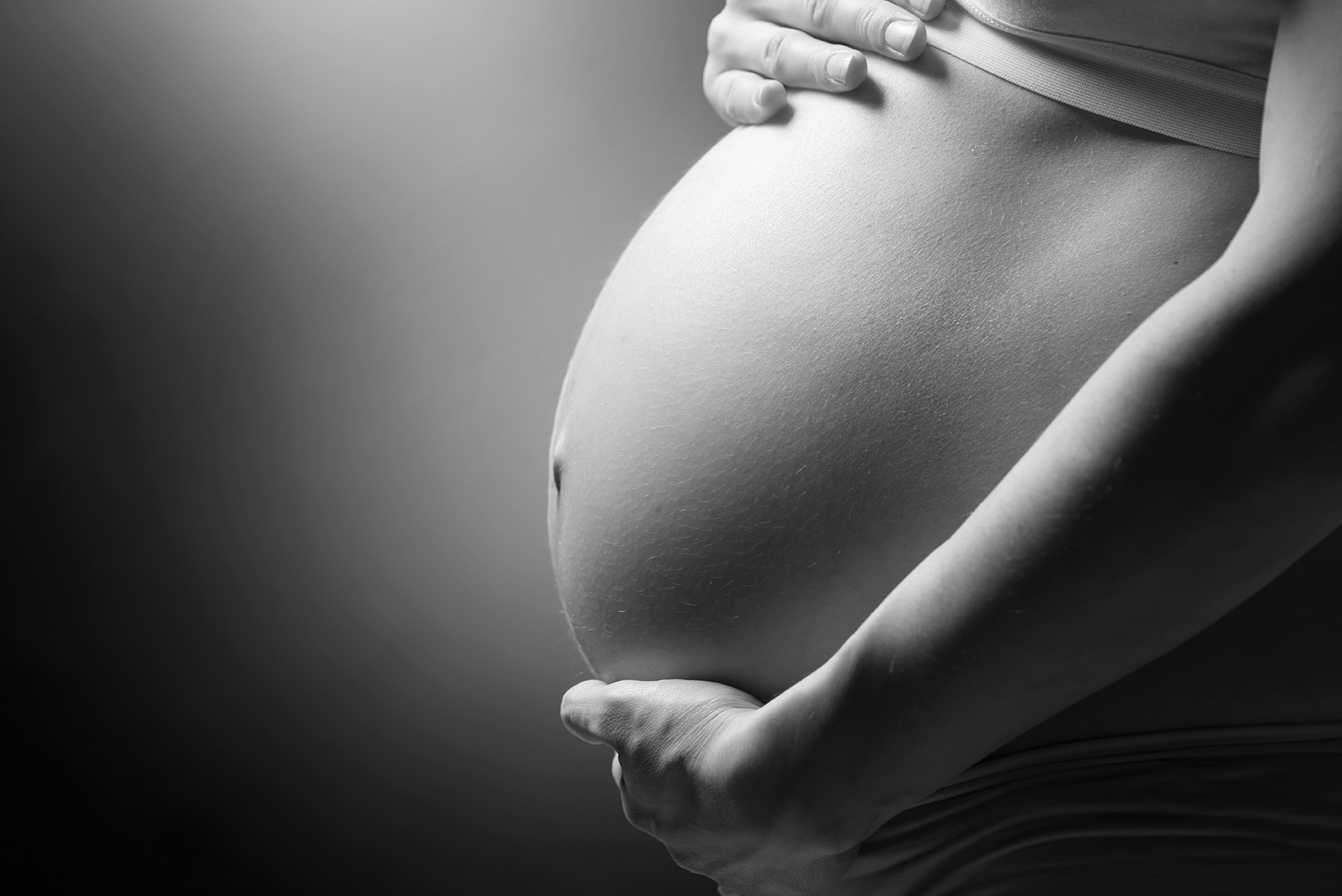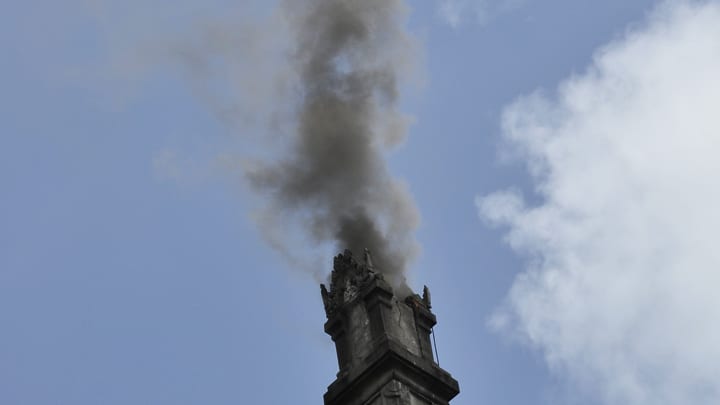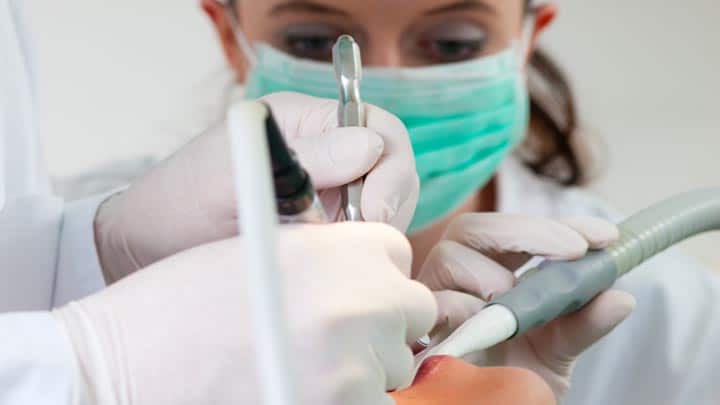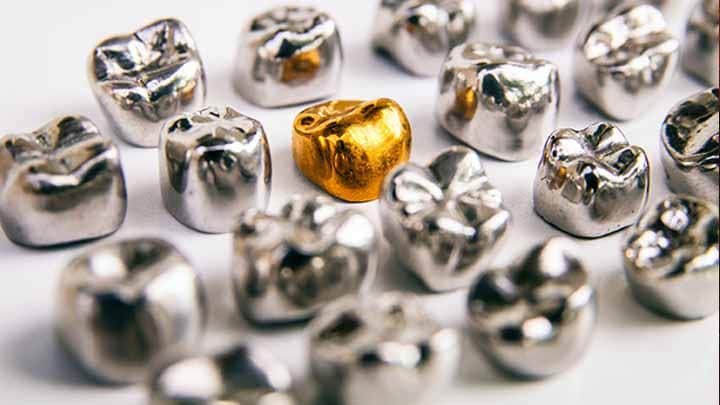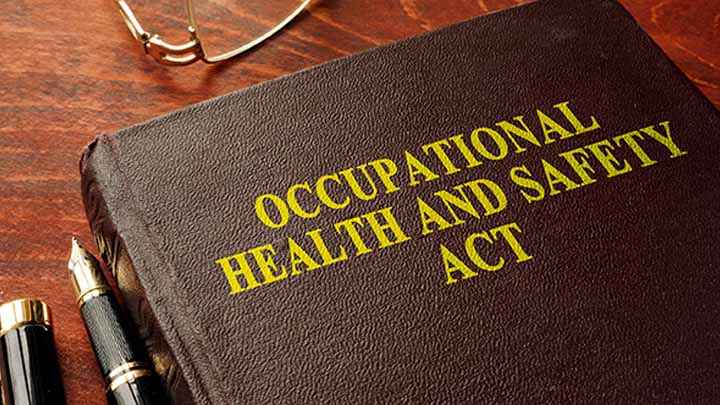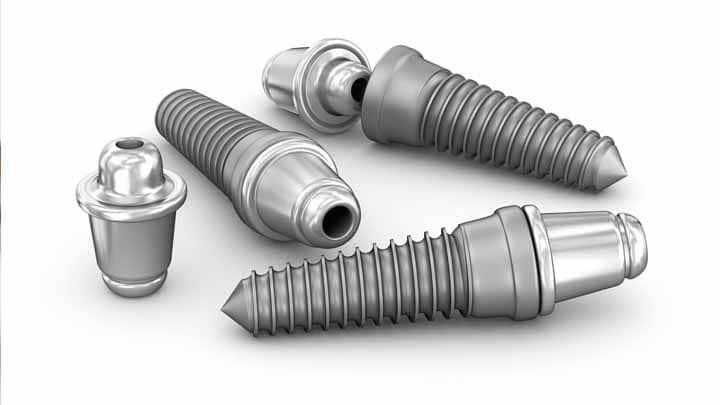While “mercury-free” dentists no longer place amalgam fillings and use available mercury-free alternatives, “mercury-safe” dentists apply special techniques to remove existing amalgam fillings. Based on up-to-date scientific research, the IAOMT has developed rigorous recommendations for removing existing dental mercury amalgam fillings to assist in reducing the potential negative outcomes of mercury exposure to patients, dental professionals, dental students, office staff, and others.
The IAOMT’s recommendations are known as the Safe Mercury Amalgam Removal Technique (SMART).
Note that due to mercury releases, polishing, placement, removal, or any disruption of a dental mercury amalgam filling should not be should not be conducted upon patients who are pregnant or lactating and should not be done by dental personnel who are pregnant or lactating.
- To read the SMART protocol recommendations with scientific references, click here.
- To download a Checklist of the protocol recommendations for patient-dental discussion, click here.
SMART PATIENT – DENTIST CHECKLIST
| PATIENT PROTECTION | DENTIST / STAFF PROTECTION |
|---|---|
|
OFFICE & ENVIRONMENTAL PROTECTION
|
